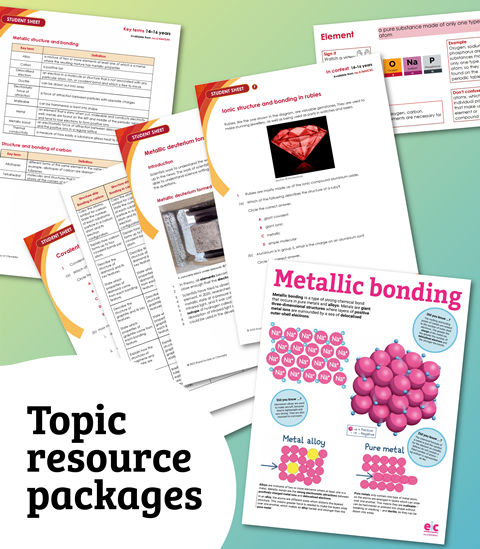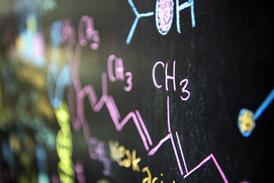
Simon Colebrooke
Simon obtained a doctorate from the University of York, specialising in NMR spectroscopy before a postdoc position designing pulse sequences for protein NMR at the University of Oxford. He has 20 years of experience of teaching A-level chemistry and is the course leader for chemistry at Long Road Sixth Form College in Cambridge.
Simon values the ethos of the Salter’s A-level approach and enjoys the challenge of getting students to think carefully about ideas in chemistry. Through collaborating with colleague Zoë Thorn, he has become particularly interested in identifying student misconceptions and designing teaching sequences to address them. They have recently published several articles together in the School Science Review and Teaching Times describing how emphasising scale can help students overcome critical thresholds in their learning:
 Feature
FeatureFlipped learning builds solid foundations
Discover how this approach can boost learners’ understanding and engagement with the first year of post-16 chemistry
 Lesson plan
Lesson planModelling radioactive decay | Fundamentals of chemistry | 16–18 years
Use this flipped learning worksheet and student sheet to revise fusion and nuclear equations and introduce decay
 Lesson plan
Lesson planNuclear fusion | Fundamentals of chemistry | 16–18 years
Use this flipped learning worksheet and student sheet to revise subatomic particles and introduce nuclear fusion
 Lesson plan
Lesson planFundamentals of chemistry | 16–18 years
Tackle the key concepts of scale and representation from the start of your post-16 chemistry course with this short course designed around flipped learning workbook
 Lesson plan
Lesson planCounting protons, neutrons and electrons | Fundamentals of chemistry | 16–18 years
Use this flipped learning worksheet and student sheet to revise and develop understanding of subatomic particles
 Lesson plan
Lesson planDeveloping a model of the atom | Fundamentals of chemistry | 16–18 years
Use this flipped learning worksheet and student sheet to revise and develop understanding of atomic structure and how it is represented in chemistry











